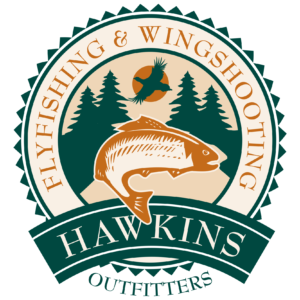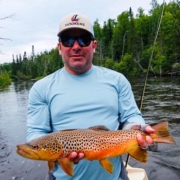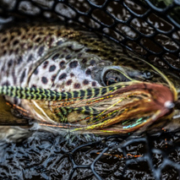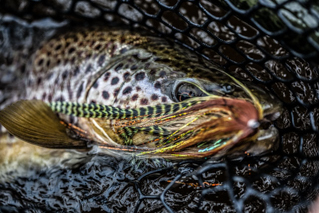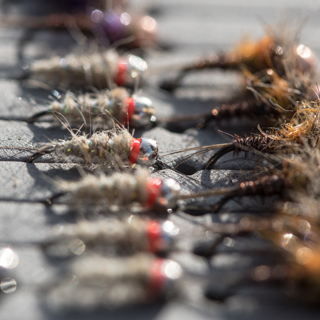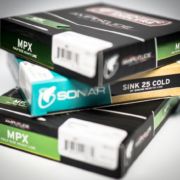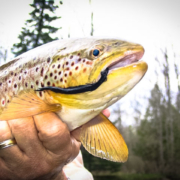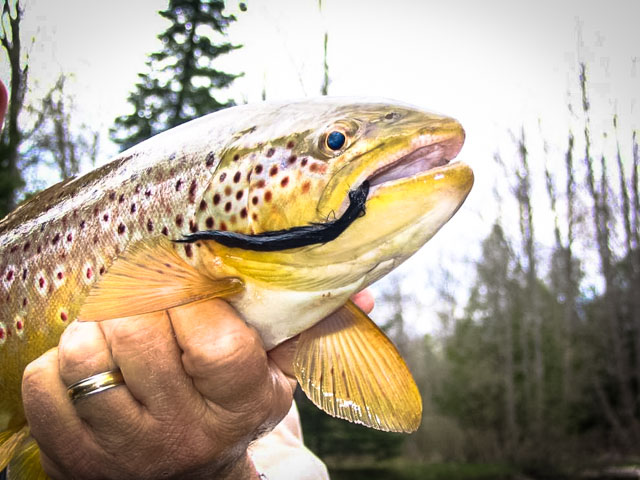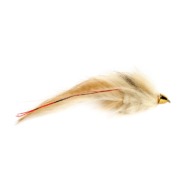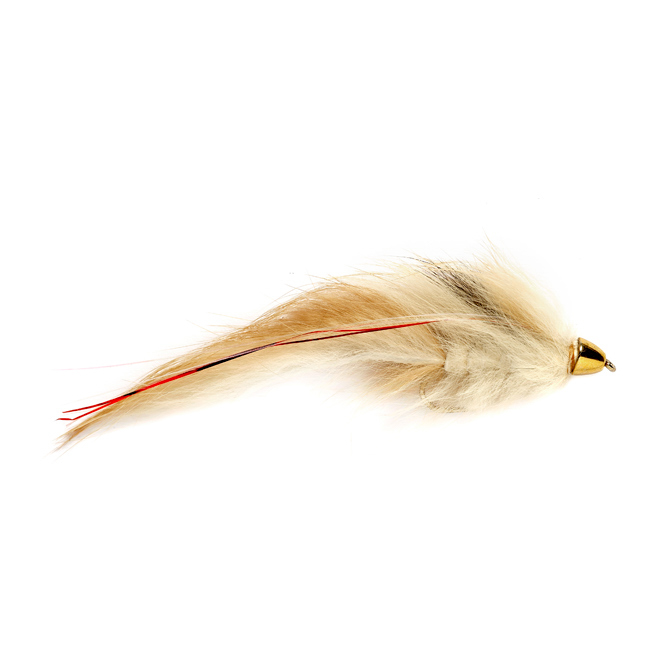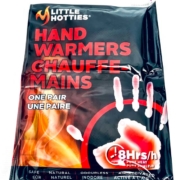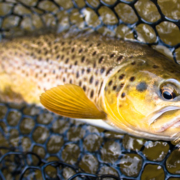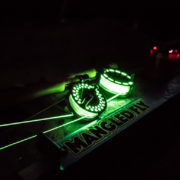 Staying Warm during Winter Fishing
Staying Warm during Winter Fishing
Steelhead are cold-water critters. Steelhead anglers need to learn how to Stay Warm during the Winter while chasing them. Steelhead can be caught all winter long in water temperatures as low as 33 degrees. Steelhead will feed all winter long, fight extremely hard when hooked and don’t seem to give a damn how cold it is!
As cold bloodied animals, steelhead have that advantage over warm blooded humans. To be a successful steelheader you need to learn to deal with and be comfortable in the cold. Steelhead season lasts almost 6 months, and some of the best fishing is during the dead of winter.
Base Layer
In pursuit of warmth start with base layers. It’s hard to beat capilene or Patagonia’s capaline Air which is half merino wool and half capaline. I wear one or two of the thinner long sleeve crew and long johns versus thicker singles. It seems to keep me as warm as the thicker versions but is less bulky, more comfortable.
Feet
On my feet I use a thinner wool baselayer sock followed by a thicker wool sock. About your feet, if you are fishing from the boat, which is what we do most of the time, waders and wading boots aren’t your friend. Bigger, insulated boots are the best. We wear calf high Boggs or Muck boots that are heavily insulated. Snow pack boots will also work well.
If you are wading, boot foot waders are warmer than stocking foot waders and wading boots because they aren’t as tight and allow better blood circulation to your feet. You actually want blood and air to circulate around your feet. It helps keep them warm. Also when wading don’t wear felt soles. Snow builds up on the bottom of your boot into a big ball. Wear the rubber soles to avoid this.
A great option for non-felt wading boots is Patagonia’s Tractor Boots featuring aluminum bars on the soles for traction on rocks and in muck. I wear these boots on the Garden River, they are fantastic.
Core
My next layer on the bottoms depends on temperature. If it’s below freezing I wear Patagonia’s Nano Puff pants or the Patagonia Snap T Fleece pants ,a very warm option as well. If it’s warmer I’ll wear just an average pair of wool or capilene pants. On the upper half of my body, after the baselayer, I move to all wool, usually a medium weight wool zip front crew, followed by a wool hoody and finally a Patagonia Nano Puff Hoody. If it’s really cold I have a light weight wool hoody that I’ll add into the layers.
Wool and down are natures greatest insulators. Wool will keep you warm even when wet. The latest and greatest wool is Merino wool. It isn’t itchy when next to your skin, it’s very soft and comfortable. I buy almost anything that I need in wool if available.
One of Jon Ray’s new favorite items for those extremely cold days is the New Extreme Core Tops by Simms , the built in Ergonomic hood and integrated neck gaiter really keeps your upper body warm in the coldest of days. I do not recommend this item if your going to do alot of winter walking though. It’s too warm of an item, great for long days in the boat only. But if your breaking trail you will over heat.
Shell
The exterior layer has to protect me from two things, wind and rain/snow. There are a variety of bib/jacket combos that Hawkins Guides have tried through the years. Orvis, Simms and Patagonia all make a variety of insulated outfits that work. Personally, for the last five years I’ve been wearing Gill sailing bibs and my Simms heavier rain coat. I look at the exterior layer for wind rain protection not insulation, I’ve covered that underneath.
If you are wade fishing your waders and a good quality rain jacket will protect you from the elements.
Either way black clothing is best in a cold weather situation. It absorbs more heat and is less visible to fish than bright clothes.
On Top
On my head I wear a wool or synthetic beanie type hat on top of a normal billed hat so that my eyes have sun shield and my ears and head are kept warm. Then I can pull the aforementioned hoodys up over the beanie for additional warmth.
A Buff or some type of warm gator around your neck between your shirt and chin is very comfortable when its’ cold. It should be capable of being pulled up over you nose, nice when the wind blows!
Gloves
Finally, and the most difficult for me, is hands. Years ago, guiding an elk hunter I got very close to frost bite on
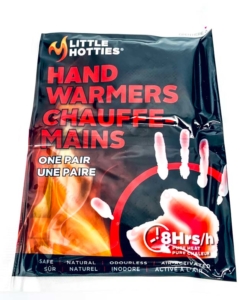
Hand warms are a must have on Winter Trips.
my hands. Since then they are more difficult to keep warm and pain free. I’ve tried every glove and glove combination I’ve seen for years and have come to the following solution. I were the best quality fingerless gloves I
can find, currently Simms Wool Gloves are my personal choice. Inside that glove I have a heater pack in each hand. In addition I have another heater pack in each coat pocket that I can hold in my hand when possible. Also a heater pack in your boots is a warm, comfortable thing on colder days.
I also carry a small towel to dry my hands that get wet from handling the line while fishing.
Side note, the fingerless gloves with the pocket flap are not good. You will lose fish when line warps around that flap. Finally a pair of thick mittens, I use ice fishing ones, can be put on when we are running from spot to spot to take the edge off when not fishing. The mittens are also good to have when wading. You can put them on during a break to help warm your hands.
Conclusion
Steelhead are a fantastic gamefish, beautiful, strong and a prize worth pursuing. You’ll enjoy the pursuit more if you are comfortable in a steelhead’s favorite weather, cold, wet, and miserable. With today’s modern materials there is no reason to be cold. Be prepared, you’ll be happy you are!
Capt Chuck Hawkins

